A once-rare avian virus is making alarming strides across the United States, spreading beyond birds and into unexpected animal populations—including dairy cows. Since early 2024, the highly pathogenic H5N1 avian influenza strain has triggered a cascade of infections in livestock and, more concerningly, in humans. At least 70 people across multiple states have been diagnosed with the disease, raising urgent public health questions about transmission, containment, and long-term risks.
Historically, avian influenza—or bird flu—primarily affected wild birds and poultry. However, the latest outbreak marks a significant shift. Since the first detection of H5N1 in U.S. dairy cattle earlier in 2024, the virus has spread to over two dozen herds across nine states. This unprecedented jump into mammalian livestock has scientists and agricultural officials on high alert.
The U.S. Department of Agriculture (USDA) and the Centers for Disease Control and Prevention (CDC) have confirmed that infected cows often show signs such as reduced milk production, decreased appetite, and thickened milk. While most affected animals recover, the virus’s ability to spread efficiently among mammals is a troubling development.
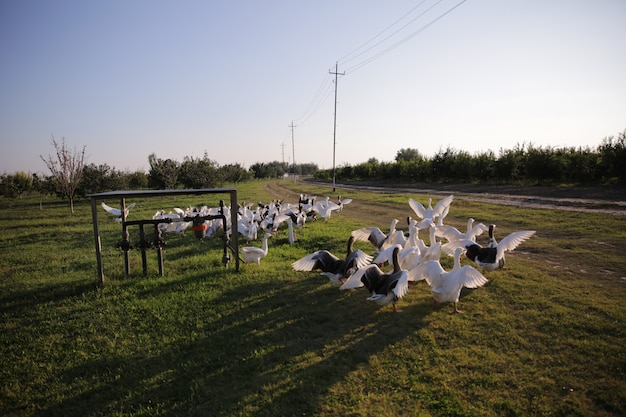
Concurrent with the spread in animals, human cases have climbed. As of late 2024, more than 60 people in eight states have tested positive for H5N1, with the number rising to at least 70 by mid-2025. Most cases have been mild, presenting with symptoms like fever, cough, and fatigue. However, one fatality has been reported, underscoring the virus’s potential severity.
Notably, several human infections have occurred among dairy farm workers, suggesting direct animal-to-human transmission. In one case, a child in San Francisco was infected, though the source remains unknown—raising concerns about possible community spread or environmental contamination.
Research indicates that H5N1 is spreading efficiently among mammals on dairy farms. Studies point to transmission through contact with infected milk, respiratory droplets, and contaminated equipment. The virus has also been detected in raw milk, cat food made from unpasteurized dairy byproducts, and even in a raccoon on a Texas farm.
A recent case in San Francisco involved a cat that was euthanized after consuming pet food contaminated with the virus. The U.S. Food and Drug Administration (FDA) issued a warning about such products, emphasizing the importance of pasteurization and proper handling of animal feed.
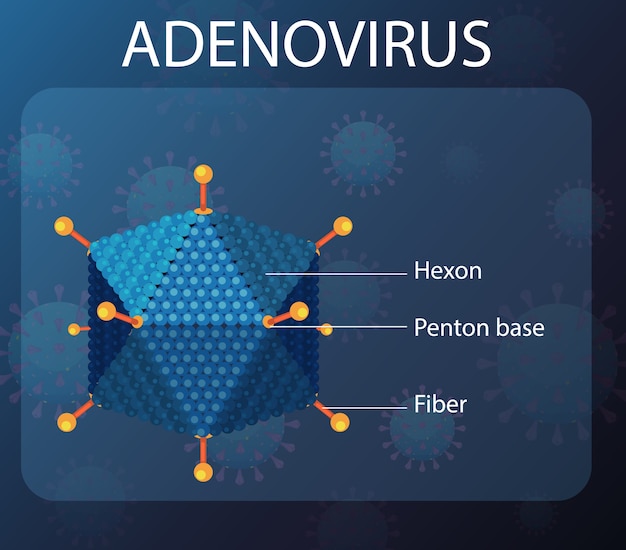
Despite the spread, health authorities stress that the risk to the general public remains low. Commercial milk and dairy products are pasteurized, which effectively kills the virus. The FDA and CDC affirm that store-bought milk, cheese, and yogurt are safe to consume.
However, the outbreak has disrupted supply chains. Egg production has been hit hard, with more than 40 million birds culled in 48 states due to contamination. This has led to temporary shortages and price spikes, echoing earlier pandemic-era food disruptions.
Federal and state agencies are ramping up surveillance. Dairy farms with infected herds are under quarantine, and movement of animals and raw milk is restricted. Workers are advised to wear protective gear, and testing of both animals and at-risk humans has increased.
The CDC is closely monitoring the genetic evolution of the virus. A major concern is whether H5N1 could acquire mutations that enable sustained human-to-human transmission—a scenario that could trigger a pandemic. So far, no such mutations have been confirmed, but vigilance remains critical.
The 2024–2025 bird flu outbreak represents a turning point in how we understand and respond to zoonotic diseases. The jump from birds to cows and then to humans highlights the interconnectedness of animal and human health—a concept known as One Health.
As the virus continues to circulate in animal populations, ongoing research, surveillance, and public education will be essential. While the current risk to most Americans is low, the situation remains dynamic. Staying informed and following health guidelines is the best defense against further spread.

Health

Health

Health

Health
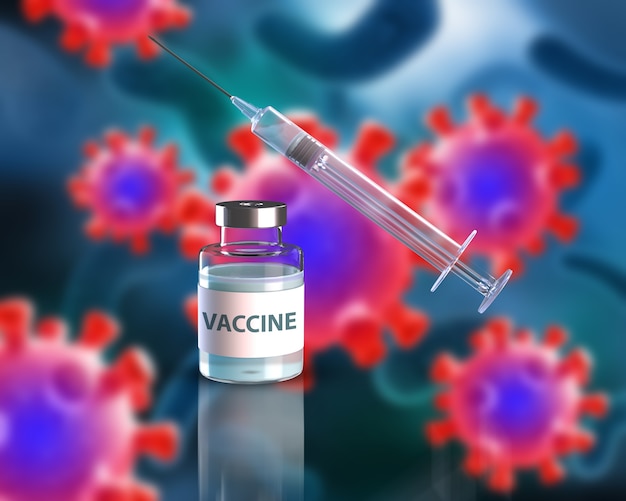
Health
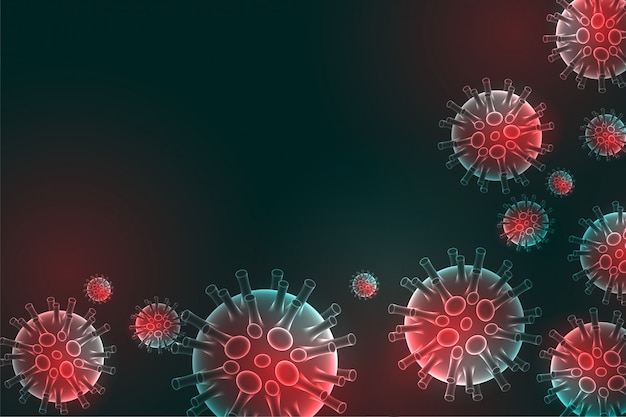
Health
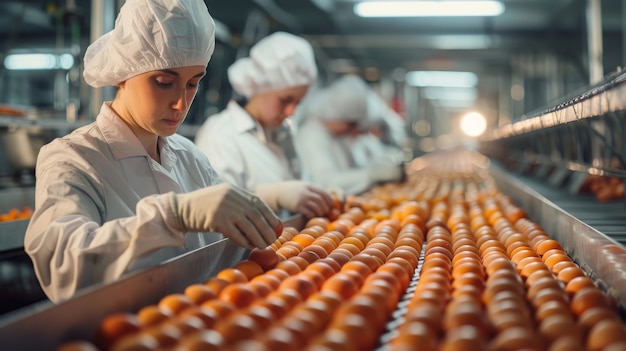
Health
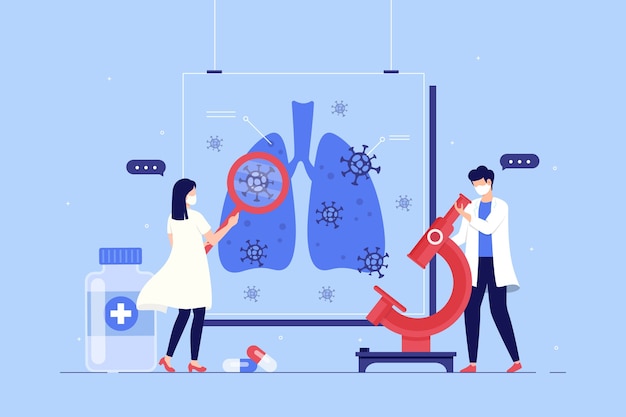
Health
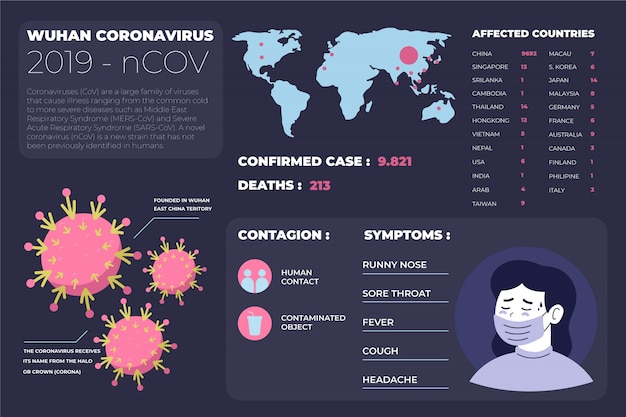
Health

Health
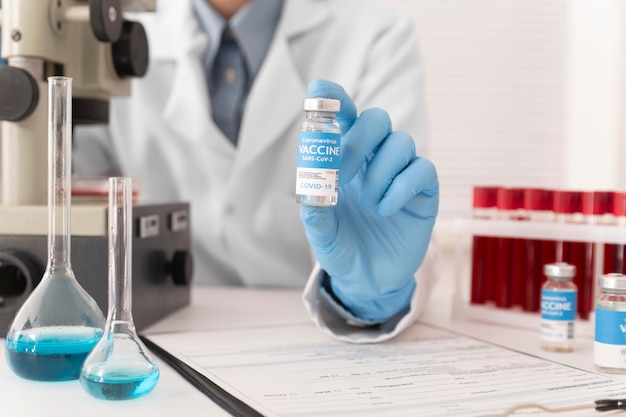
Health
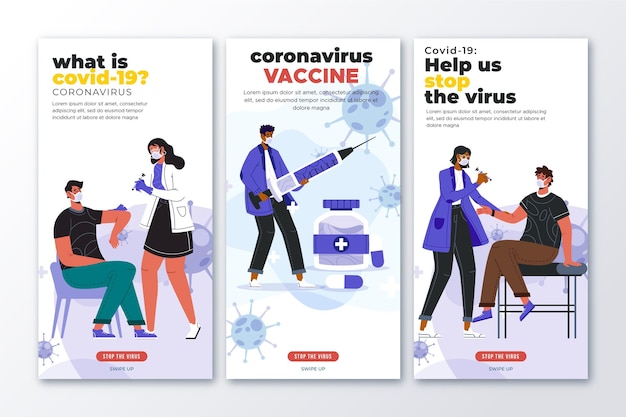
Health

Health

Fitness

Health

Health